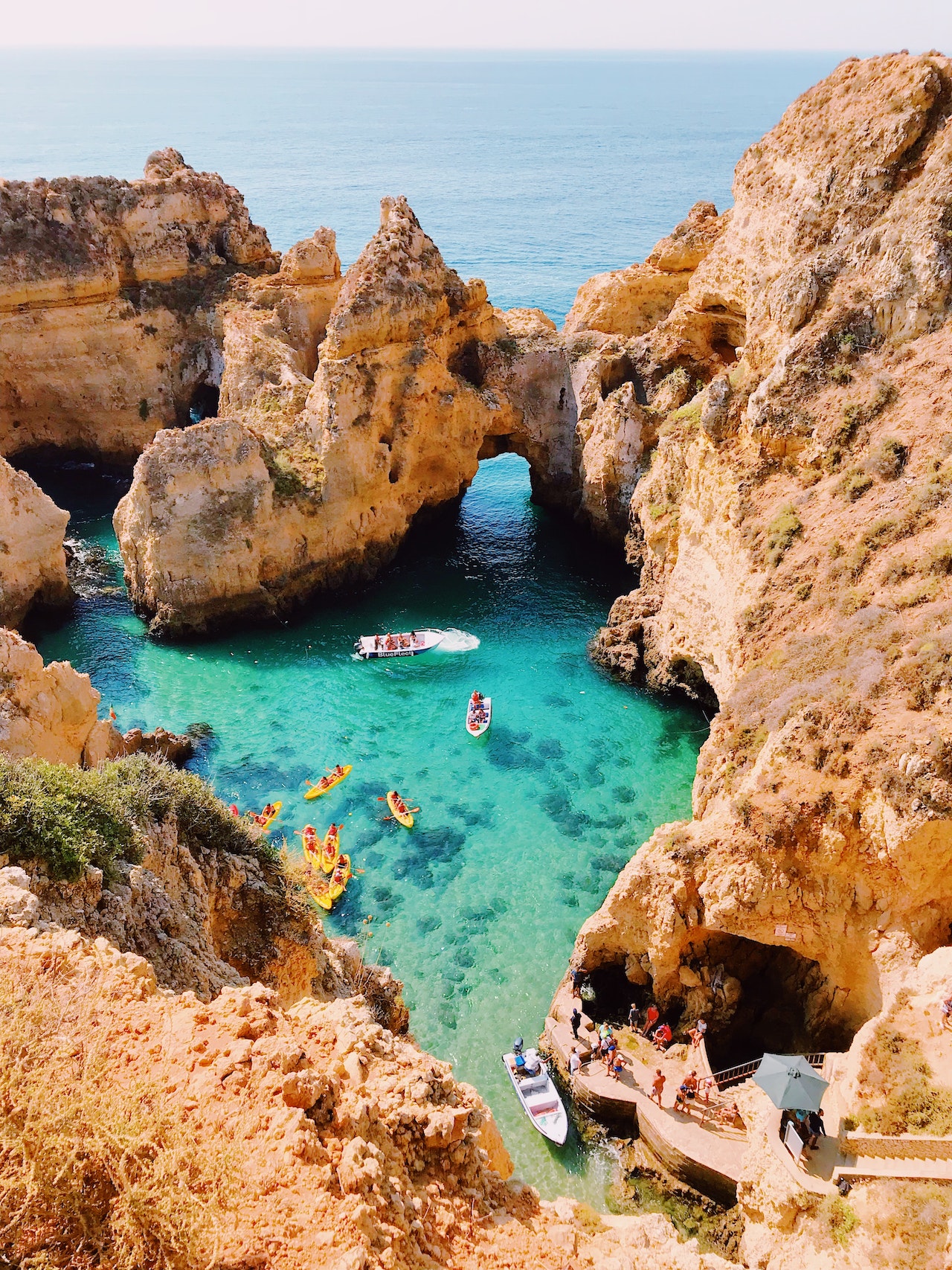Recreation is a major ecosystem service and an important co-benefit of nature conservation. The recreational value of National Parks (NPs) can be a strong argument in favour of allocating resources for preserving and creating NPs worldwide. Managing NPs to optimize recreational services can therefore indirectly contribute to nature conservation and biodiversity protection. Understanding the drivers of recreational use of national parks is crucial.
In this study, researchers use a combination of primary data on annual visitor counts for 205 European NPs, GIS and statistical regression techniques to analyse how characteristics of NPs and their surroundings influence total annual recreational visitor numbers. The statistical model can be used for land-use planning by assessing the impact of alternative conservation scenarios on recreational use in NPs. The recreational use of new NPs can be estimated ex-ante, thereby aiding the optimisation of their location and design.
It was apply the model to: (1) map recreational visits to potential new NPs across Europe in order to identify best NP location; (2) map recreational visits to a proposed new NP in the west of Germany in order estimate monetary values and to show how visits are distributed across the site; and (3) predict annual visits to all NPs of 26 European countries. Total annual visits amount to more than 2 billion annually. Assuming a mean value per visit derived from 244 primary value estimates indicates that these visits result in a consumer surplus of approximately € 14.5 billion annually.

- Pexels.com
Mapping recreational visits and values of European National Parks by combining statistical modelling and unit value transfer
Main author
Year
Labels
- ecosystem services valuation
- protected area

